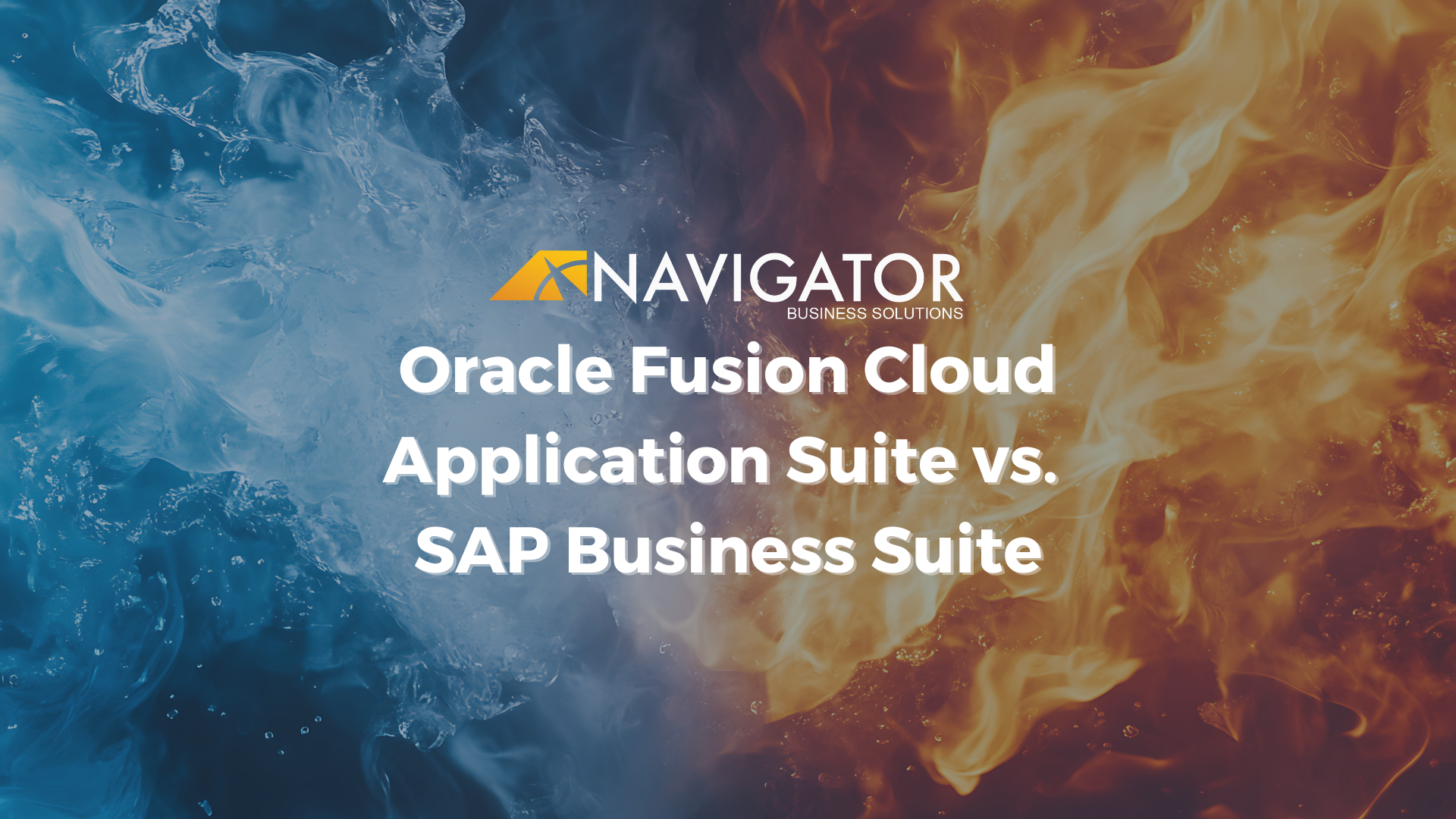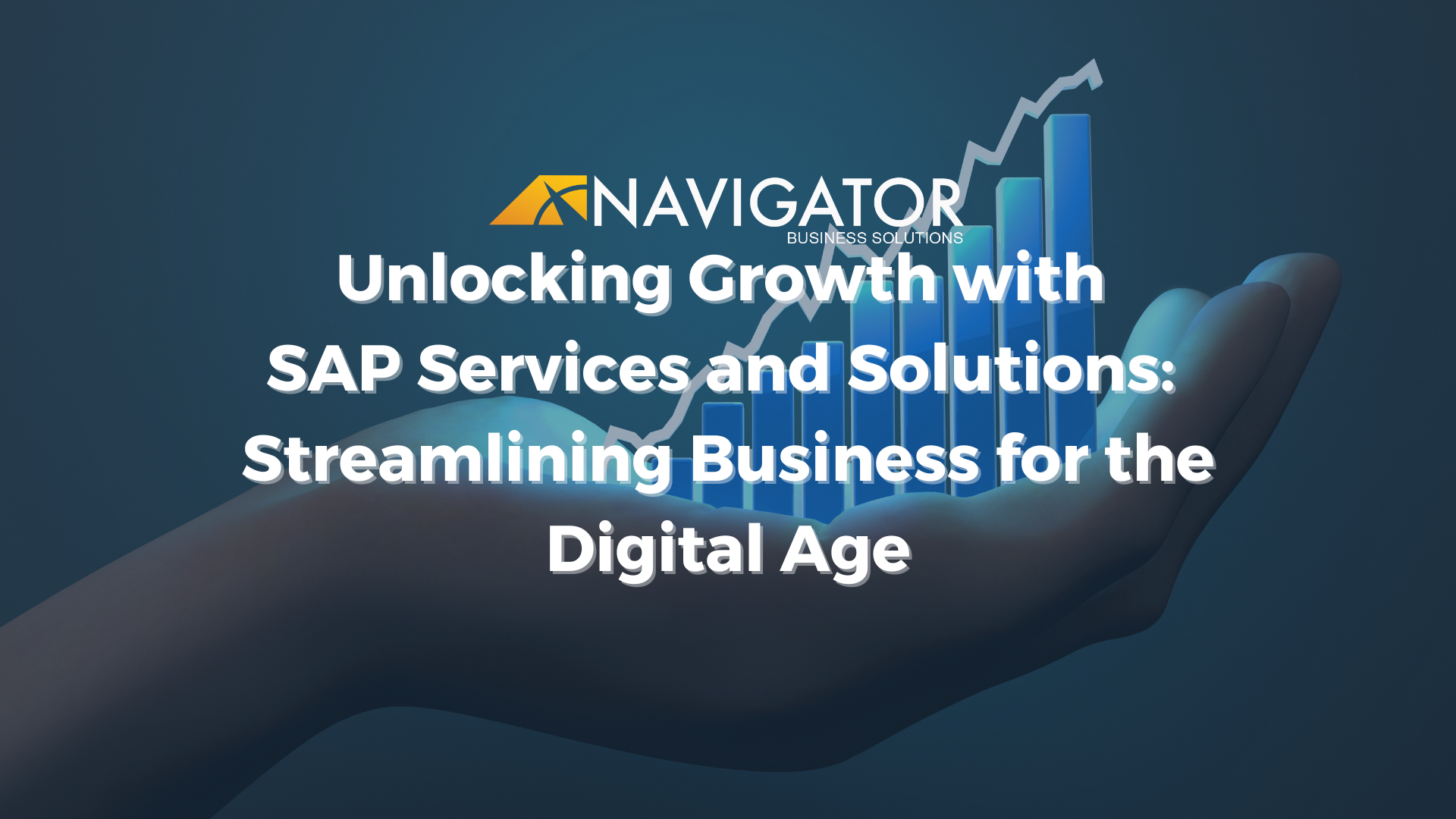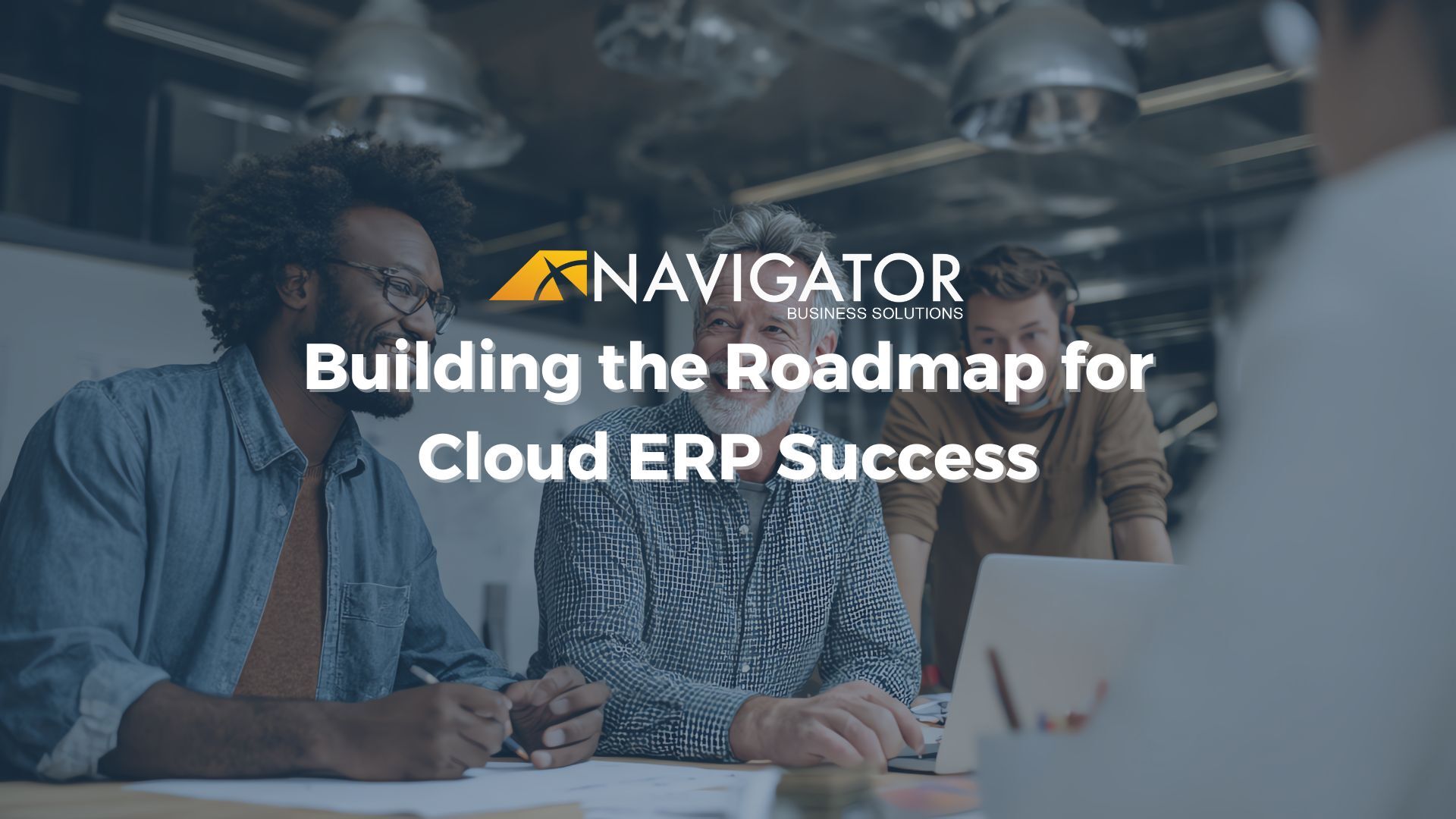There are many benefits from ERP for food industry operations, especially for manufacturing operations. The benefits of ERP data analytics in manufacturing include better demand planning, tighter production schedules, and less waste, for instance.
But these benefits only accrue when an ERP system has been properly set up and employees have embraced it. The history of ERP implementation is littered with stories of systems that didn’t scale, automation that never happened, and problems with employees who don’t embrace an ERP and its new workflows.
We’ve been helping businesses set up ERP for food industry use for a long time, including evaluating ERP scalability for manufacturing objectives and identifying change management issues that create user resistance. From this, we’ve identified five obstacles that typically impede ERP systems use from an employee perspective.
Obstacles that Create User Resistance
Since the benefits of ERP data analytics in manufacturing and the other advantages of ERP only come when the system is fully used, tackling user resistance almost is as important as properly configuring an ERP system.
To fully leverage ERP for food industry use—or any industry, for that matter—five obstacles must be overcome.
Obstacle #1: The System Doesn’t Meet Employee Needs
Rolling out an ERP system that meets the needs of the business might sound easy, but it is not; feature creep and following all the latest buzzwords often can lead to a system that looks good but isn’t actually configured for solving the problems that make the system valuable to employees.
Food and beverage firms can avoid this mistake by focusing on tangible measures during the design phase, especially areas such as reducing order fulfillment time, reduced inventory costs, and eliminating repetitive tasks that employees routinely perform but would be better suited for ERP automation.
Obstacle #2: Resistance to Change
Humans like routine, even when a new system makes life easier. So an ERP system that is properly set up is only part of the work. The onboarding phase of an ERP rollout is just as critical.
This resistance to change can be overcome in a number of ways, but it almost always starts with buy-in from upper management and communicating how the new system will benefit both the company as a whole and individuals within each department in particular.
Good onboarding also matters, and this can be achieved through developing onboarding systems that are designed by a cross-functional team that represents employees in all parts of the company. Sally in payroll needs a voice, as does Sam in the warehouse.
Obstacle #3: Poor Communication During Rollout
Changing or updating systems shakes up a business and how employees perform work. These changes are for the better most of the time, but change also creates confusion, frustration and process chaos until everyone is on-board.
Clear and continuous communication during rollout helps avoid this user resistance obstacle. During rollout, a business needs a clear, company-wide communications plan that fosters transparency and outlines how and why things are changing—and in what ways this will affect each department.
Obstacle #4: Inadequate Employee Education
A tool is only as good as its user. There may be many benefits of ERP data analytics in manufacturing, for instance, but employees need to use the functions within an ERP system properly to unlock such benefits.
Employees need confidence and training when moving to a new system, and this comes both from taking the onboarding process seriously as a major step in ERP rollout, and from putting in place continuous, ongoing education that extends beyond the completion of an ERP rollout.
Don’t shortchange training or tack it on at the end of a rollout.
Obstacle #5: Bad Timing
The fifth common obstacle we see is employee onboarding that is wrong timing. Teaching employees the system, getting them used to the new ways of doing things, and allowing time for questions is not an instant process, and some businesses roll out a new ERP when company resources and employee attention is elsewhere.
Food and beverage firms can overcome this challenge by prioritizing onboarding more heavily and building this phase into the overall project timelines so the training and onboarding doesn’t fall wrong. As often is the case, it comes back to good planning.
Having Problems with Your Existing ERP Solution?
Sometimes the problem is from user resistance, and sometimes it comes from poor configuration. Disentangling the root causes of an ERP solution that isn’t performing as desired can be complex.
That is why we’ve developed both a Save Our System service (SOS) and ERP Optimization services for businesses that need ERP help but might not even know where to start.
Whether it is achieving the benefits of ERP data analytics in manufacturing, evaluating ERP scalability for manufacturing, or helping with user resistance, our SOS and optimization services evaluate a business and its particular ERP implementation and deliver a concise report on how to improve things. Many of our happiest clients are businesses that went through a poor ERP implementation with a different solution partner and asked us to help clean up the mess.
We’re good at cleaning up the mess and getting both the ERP system and employees back to that happy place.
So if you have an ERP system that isn’t functioning at its best or employees that resist it, contact one of our experienced ERP consultants at (801) 642-0123 or by writing us at info@nbs-us.com.




